Customization Trends
Customization is emerging as a significant driver within the Log Cabins Log Homes Market. Homebuyers are increasingly looking for personalized living spaces that reflect their unique tastes and lifestyles. This trend is evidenced by a growing number of manufacturers offering customizable designs, materials, and layouts. Data suggests that nearly 60% of consumers are willing to pay a premium for bespoke features in their homes. This inclination towards customization not only enhances customer satisfaction but also fosters brand loyalty. As the demand for tailored living experiences continues to rise, the Log Cabins Log Homes Market is poised to adapt and innovate, providing diverse options to meet consumer preferences.
Sustainability Focus
The increasing emphasis on sustainability appears to be a pivotal driver in the Log Cabins Log Homes Market. Consumers are increasingly seeking eco-friendly housing options, which aligns with the natural materials used in log cabin construction. This trend is supported by data indicating that approximately 70% of homebuyers prioritize energy efficiency and sustainable building practices. Log cabins, often constructed from renewable resources, resonate with this demographic. Furthermore, the market is witnessing a rise in certifications for sustainable building practices, which may enhance consumer trust and drive sales. As environmental concerns continue to escalate, the Log Cabins Log Homes Market is likely to benefit from this shift towards greener living solutions.
Urban to Rural Migration
The trend of urban to rural migration is significantly influencing the Log Cabins Log Homes Market. As individuals and families seek refuge from the hustle and bustle of city life, there is a noticeable shift towards rural living. This migration is often motivated by the desire for more space, tranquility, and a connection to nature. Recent statistics indicate that rural areas are experiencing a population increase of approximately 15% as urban dwellers relocate. This shift is likely to drive demand for log cabins, which are perceived as ideal homes for those embracing a simpler, more sustainable lifestyle. Consequently, the Log Cabins Log Homes Market may see a surge in interest and sales as this trend continues.
Health and Wellness Trends
The growing focus on health and wellness is emerging as a notable driver in the Log Cabins Log Homes Market. Consumers are increasingly prioritizing their well-being, seeking homes that promote a healthy lifestyle. Log cabins, often situated in serene natural environments, provide an ideal setting for relaxation and rejuvenation. Research indicates that homes designed with wellness in mind can enhance mental and physical health, leading to a rise in demand for such properties. Additionally, the incorporation of natural materials and biophilic design principles in log cabin construction aligns with this trend. As awareness of health and wellness continues to rise, the Log Cabins Log Homes Market is likely to benefit from this shift towards healthier living environments.
Technological Advancements
Technological advancements are playing a crucial role in shaping the Log Cabins Log Homes Market. Innovations in construction techniques, materials, and energy efficiency are enhancing the appeal of log homes. For instance, the introduction of advanced insulation materials and energy-efficient windows is making log cabins more viable for year-round living. Data indicates that homes equipped with smart technology are becoming increasingly popular, with nearly 40% of new homebuyers expressing interest in smart home features. This integration of technology not only improves the functionality of log cabins but also attracts a tech-savvy demographic. As these advancements continue to evolve, the Log Cabins Log Homes Market is likely to experience growth driven by modern consumer expectations.


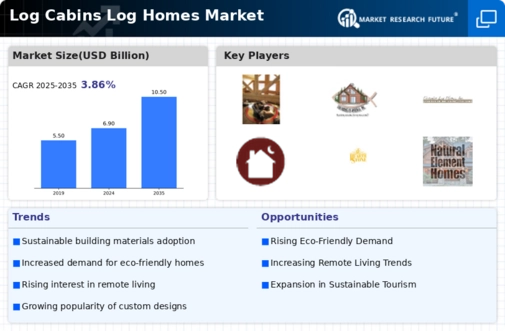
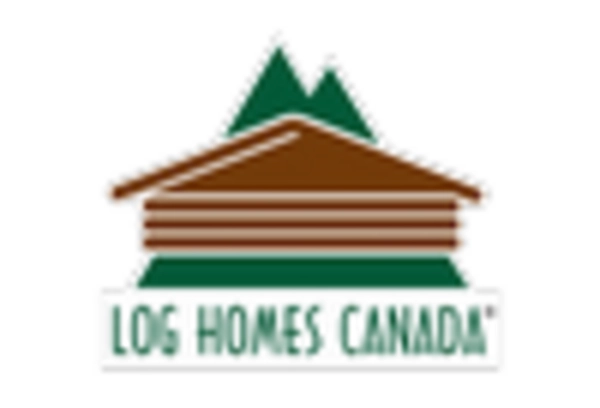
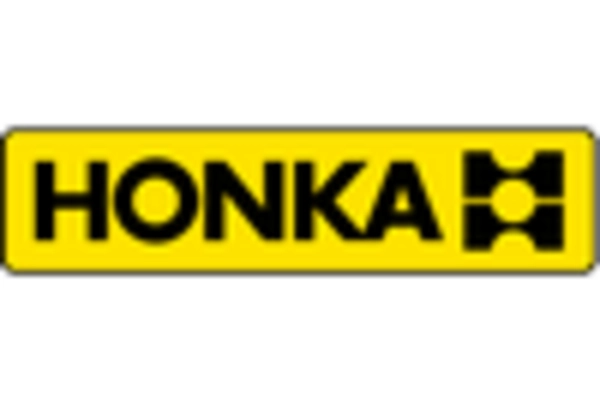

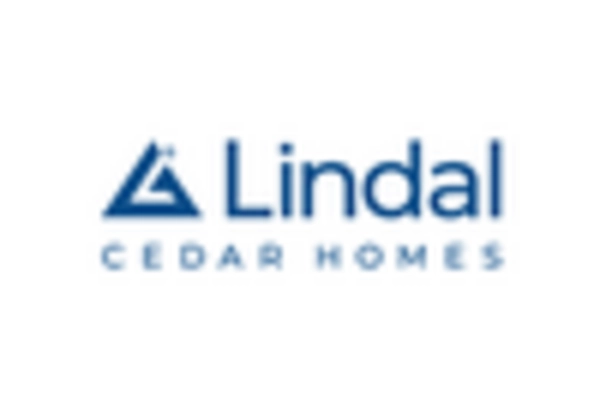

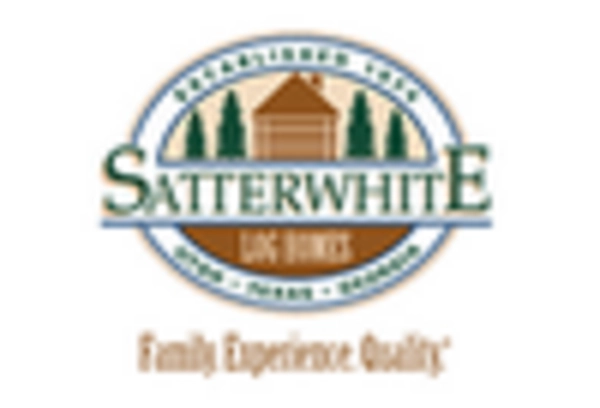








Leave a Comment